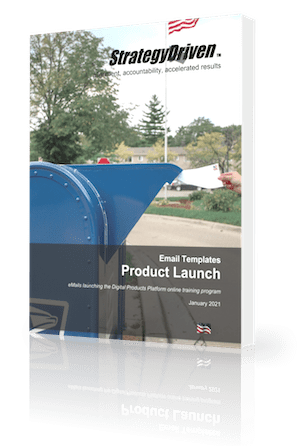The Performance Benefits of a Portfolio Review

The product and service portfolio is the aspect of business planning with the least certainty. Adept portfolio management is paramount for sustained growth and competitiveness, especially in today’s difficult and volatile economic environment. Fortunately for those organizations with an effective Integrated Business Planning (IBP) process, the Portfolio Review provides a mechanism to navigate the complexities of product lifecycles, market dynamics, and resource allocation to meet the organization’s strategic objectives.
Foundation of Portfolio Review
The Portfolio Review (PR) is the first step in the monthly IBP cycle. It’s a natural connection between business strategy and the plans for the products and services brought to market to achieve that strategy over time. Its mandate extends beyond mere oversight — it exists to formulate, evaluate, and continually update a robust plan for optimizing portfolio health.
Valid and Achievable Plans
The purpose of the PR can be defined as reaching consensus on a valid and achievable portfolio plan and resulting financials that achieve the growth ambition of the business. The keywords are valid and achievable. If the plan doesn’t represent “truth as we know it,” then the plan isn’t valid, and if the resources aren’t available to deliver the plan, the plan isn’t achievable. If either of these conditions exist, the plan will not be trusted.
Therefore, the monthly PR review’s updates to the portfolio plan and its underlying assumptions focus on how changes to the plan impact what will be available to sell, what resources are needed to execute the portfolio plan, and how revenue projections may need to be altered. It’s a matter of balancing work, time, and resources in the most effective way to maintain alignment with the business’s strategic objectives.
Performance Measurement and Management Perspective
Central to the PR process is the scrutiny of performance measures. History is often a leading indicator of future performance, so actual performance to date should be used as a reference when validating the credibility of the forward plans. If actual performance is below target, then the validity of the forward-looking plans should be questioned, the supporting assumptions vetted, the root causes of variances understood, and corrective action plans developed.
These are the key questions to ask in the review meeting:
- Are the PR performance measures improving?
- Has bias in the PR performance measures been eliminated?
- What are the planned corrective actions that will enable improved future performance versus past performance?
- Are assumptions behind the forward-looking PMR still valid and credible?
The answers to these questions direct any corrective actions.
Preparing and Conducting the PR
An effective Portfolio Review demands meticulous preparation. Before the meeting, changes in the last month must be analyzed and documented. In this way, the focus can be on the actions required to address performance gaps.
The objective is to update the plan where required. Then, the results and outputs of the project portfolio (new products, value engineering, reformulations, renovations, etc.) will remain on track to achieve strategic objectives over the next two-to-three years or whatever the appropriate horizon is for the industry.
Crucially, as discussed above, in addition to reviewing sufficiency, it’s also vital the information shared in the review demonstrates that the portfolio plan is valid (represents the truth as we know it) and achievable (properly resourced). There must be a high degree of confidence that the portfolio plan can be delivered as planned.
Managing Change and Prioritization
Change is inevitable, and adept management is pivotal. Understanding cycle-over-cycle variances, addressing performance gaps, and assessing the realism of the underpinning assumptions are crucial steps in the portfolio management journey. Managing prioritization effectively ensures optimal resource allocation — people, capital, physical assets, etc. — to ensure the business stays on track to meet its targets.
In an era characterized by volatility and uncertainty, the IBP Portfolio Review is a fundamental contributor to stability and realizing the strategic intent of the business. By aligning portfolio activities with organizational objectives, project prioritization, and optimal resource allocation, the PR helps organizations achieve their corporate goals and propel them towards sustained growth, even in the most challenging market conditions.
About the Authors
Tim Reiher and Donald McNaughton have over 50 years of hands-on experience implementing effective IBP and Demand Management improvements for businesses in CPG, chemical, and pharmaceutical industries, to name a few. As business advisors with Oliver Wight Americas, Tim and Donald have authored many white papers, presented webinars, and are course instructors of best-practice business improvement processes. Learn more at oliverwight-americas.com.











Leave a Reply
Want to join the discussion?Feel free to contribute!